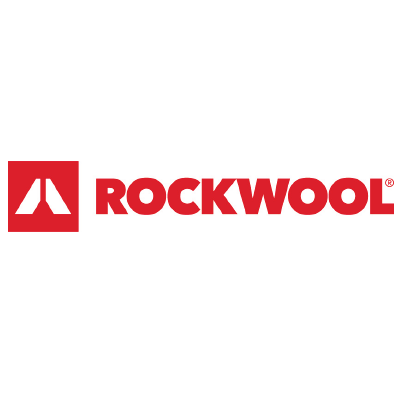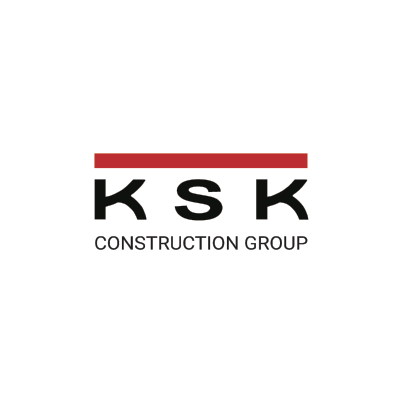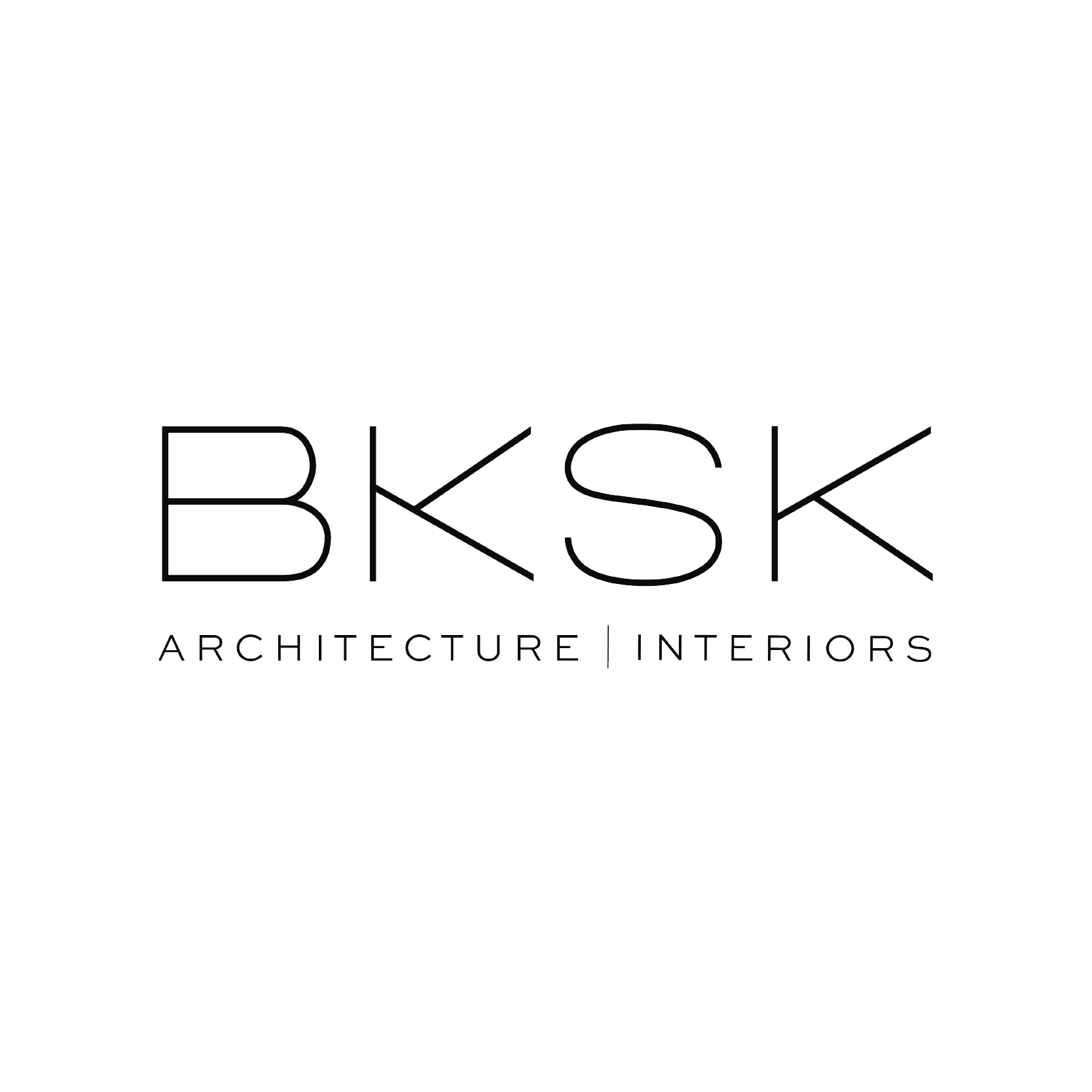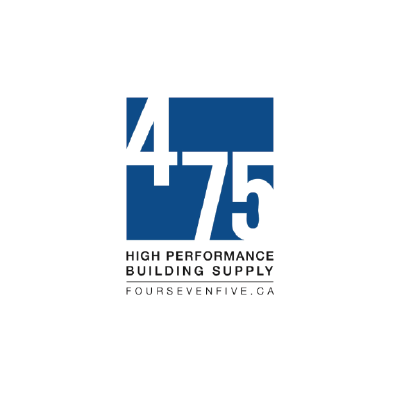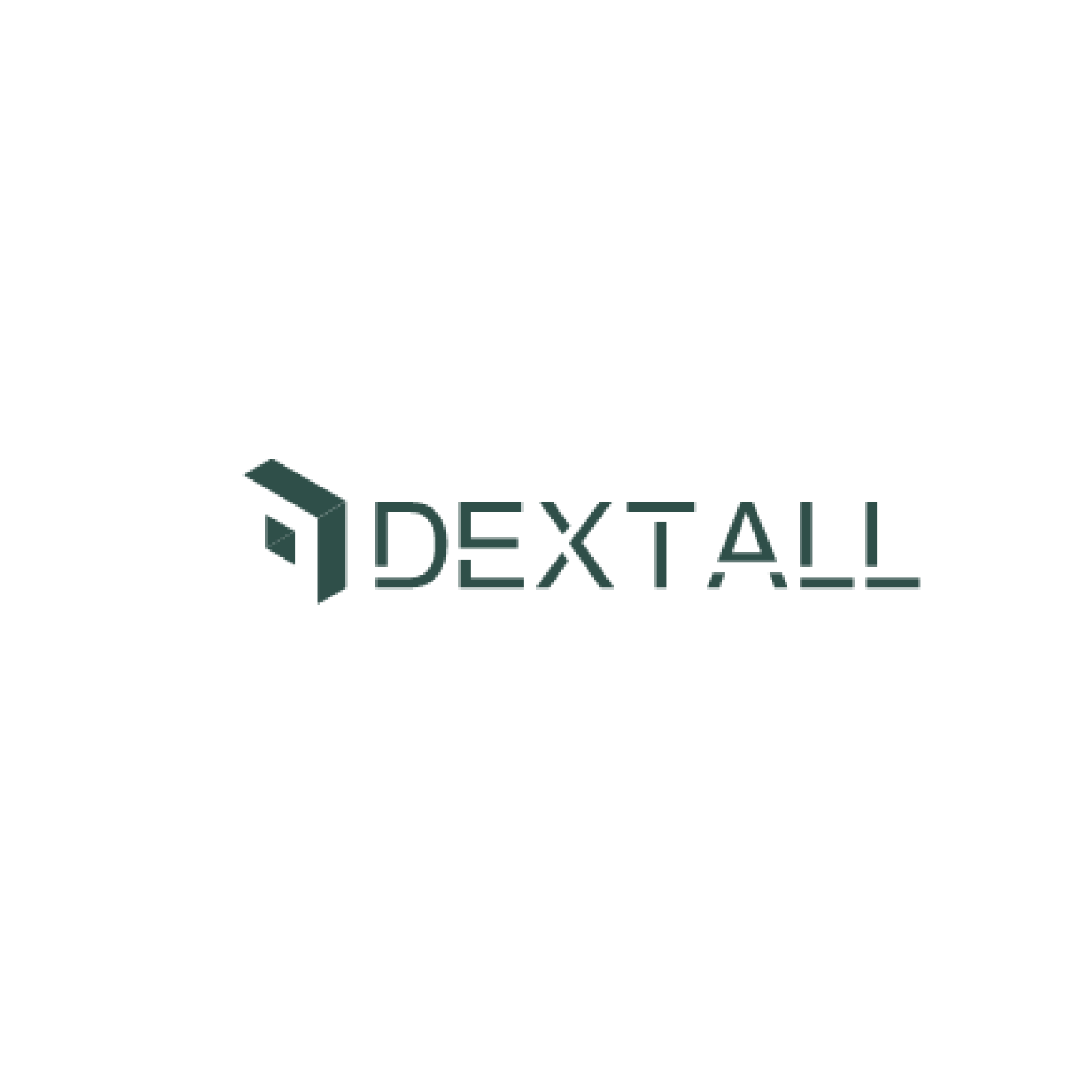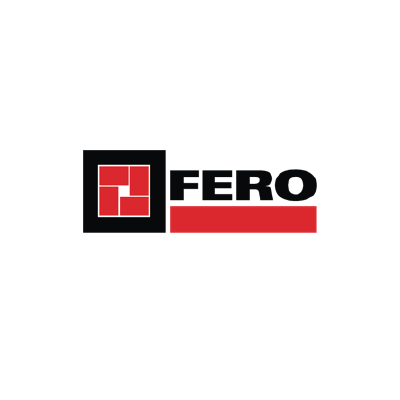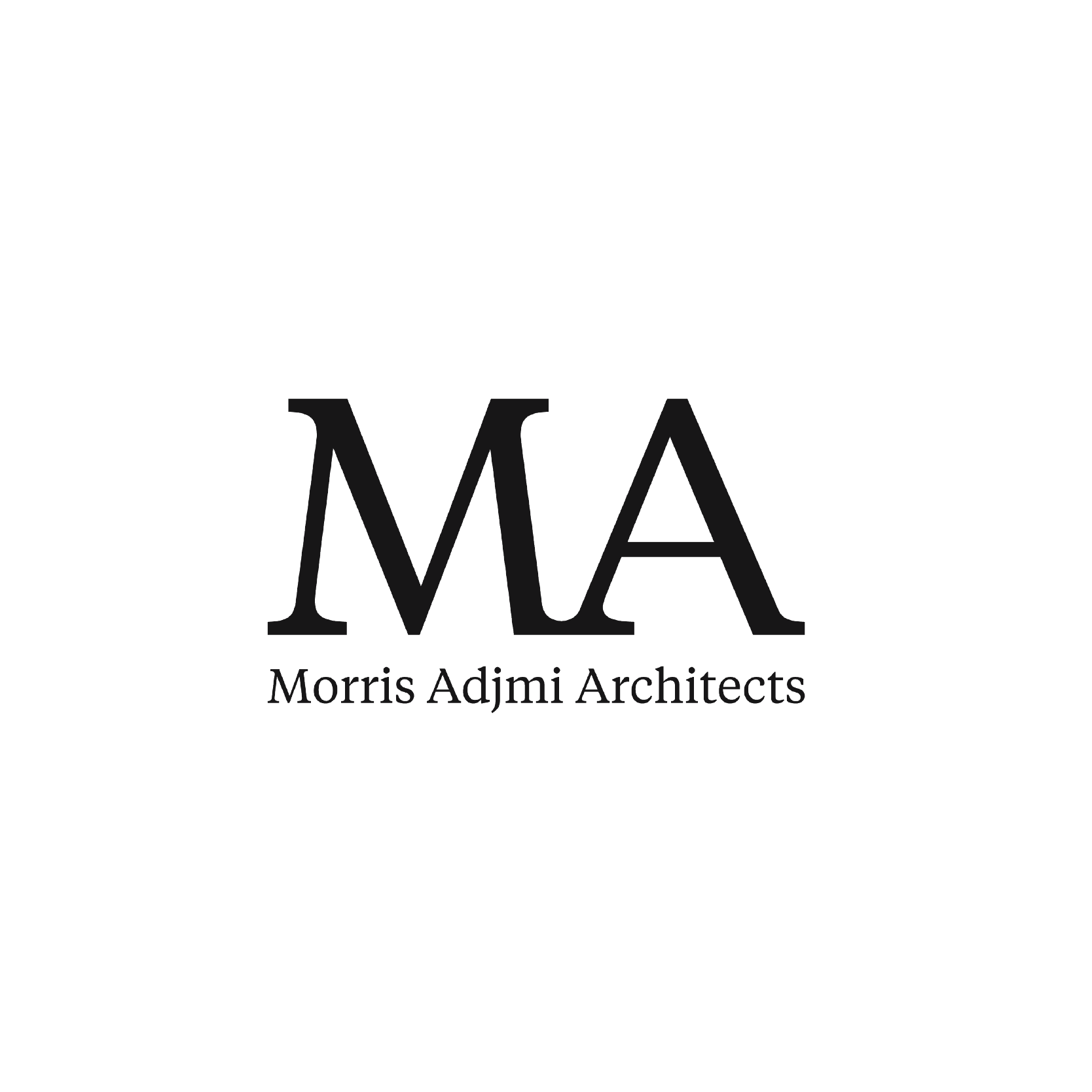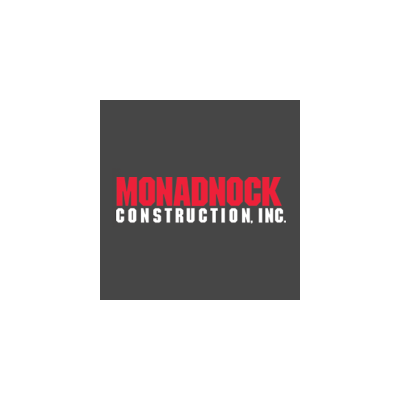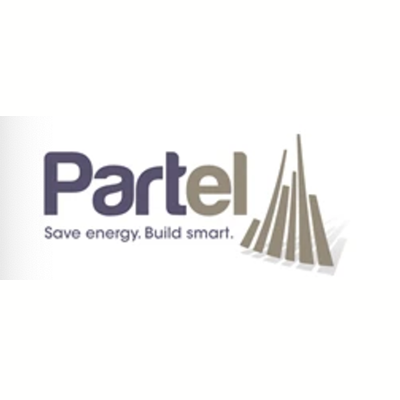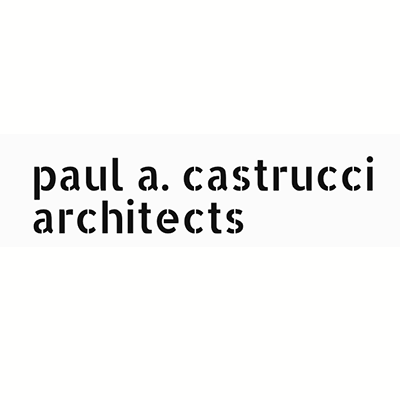As the popularity of Passive House grows, more public agencies are acknowledging its utility and significance in their planning for a low-carbon future, and are officially incorporating Passive House references and terminology into there regulatory and administrative texts. Some instances are dramatic mandates, such as building code requirements in Brussels Belgium; others are incentives, such as San Francisco’s option for an expedited planning process for Passive House buildings; while others are simply recognizing it as a catalyzing tool to organize effective action, such as in New York City Mayor Bill de Blasio’s trailblazing policy One City: Built to Last or the official resolution in support of Passive House by Manhattan’s Community Board 1.
Municipal, regional, state and national governments as well as their regulatory agencies, across the globe, are increasingly looking to plan, phase-in and adopt measures that will meaningfully address climate change, resilience and economic growth. The Passive House Institute (PHI) has been very active in engaging governments around the world to shape an appropriate framework for local adaptations, including a 10 Point Plan position paper. All municipalities should consider it.
But often there is nothing more helpful than the example of other governments. Have a look:
Brussels, Belgium
The Brussels-Capital Region has perhaps adopted the most far-reaching implementation of Passive House standards, outside of Austria and Germany, with building regulations coming into effect at the start of 2015. See the recently released overview guidance INFO SHEET (translated to English) that outlines the phased implementation starting in January 2015. (See original version in French here.) See this website page for all current legislative items.
There is much to learn from the Brussels experience – so also see four introductory documents on the Brussels-Capital Region process:
Energy Strategies and Actions by Brussels Environment IBG-BIM.
Detailed description of the Success Model of Brussels by Intelligent Energy Europe PassREg
How is it Possible by Thibaut Hermans and Audrey Damien of Bruxelles Environnement – IBG-BIM
Exemplary Buildings to nZEB by Virinie Leclercq of Brussels Institute for the Management of Energy and the Environment and Wiilem Pierre of ecoRce sprl
Germany and Austria
There are now almost too many city, regional and state government Passive House mandates now existing across Austria and Germany to count. But still – see a list of them on the iPHA website here.
Marin County, CA
The Marin County Board of Supervisors amended their building code in 2013 that included for the first time, on page 26, the following definitions:
“Passive House” means a building that meets the Passive House standards as developed by the Passive House Institute, Germany, providing cost effective energy efficiency, indoor air quality, and comfort through modeling using the PHPP energy-modeling program.
“PHPP means the “Passive House Planning Package”, an energy-modeling program developed by the Passive House Institute, Germany, used in developing buildings to the Passive House Standard.
The new code encourages “green building” by authorizing the establishment of incentives for “green building compliance”. It further notes “The applicable green building rating system shall be that which is most recently adopted by Build It Green or the U.S. Green Building Council or the Passive House Institute.” The Marin code can be found here.
New York City, NY
Mayor Bill de Blasio announced a policy One City: Built to Last in September 2014, to dramatically reduce greenhouse gas emissions from buildings city-wide by 2050. The policy states that New York City will look to “Passive House, carbon neutral, or `zero net energy’ strategies to inform the standards.” In fact, Passive House is the only building energy efficiency standard noted in the plan – a tacit acknowledgment that other efficiency standards such as Energy Star and ASHRAE 90.1 fail to meet the imperative to reduce energy proportionate to mitigate climate change while producing resilient buildings that address the need for climate adaptation too. Read the whole policy report here, and the NYPH press release here.
Community Board One in downtown Manhattan, an important civic leader, incorporating the World Trade Center, Wall Street, City Hall and Chinatown areas, in December 2014 overwhelmingly passed a resolution in support of the International Passive House Standard. It reads in part: “…CB 1 supports the investigation of the implementation of the PH Standard for its potential application to new construction and renovation in our community. It also encourages the completion of a public project in Lower Manhattan to demonstrate a zero-net energy standard and cost saving potentials…” Read the whole resolution here.
Oregon
The Building Codes Division issued a Statewide Code Interpretation in 2011 to the question “Does the Passive House Standard meet the intent of the Reach Code?” with the answer; “Yes, A building constructed to the Passive House Standard meets the energy efficiency requirements of the Reach Code.” See the interpretation here.
Oslo, Norway
The municipality of Oslo has mandated Passive House for all new public buildings starting in 2014. See official webpage here. (Use Google Translate.)
Pennsylvania
The Pennsylvania Housing Finance Agency (PHFA), formed by the Pennsylvania legislature to provide affordable homeownership, now provides incentives for Passive House compliance of multi-family buildings. Under heading of “Energy Efficiency Goals”, Passive House is the only standard listed, reading in part; “The development meets/will meet Passive House Certification (nationally or internationally) for energy efficiency.” Also, “All third party consultants must be Passive House certified.” See the initiative webpage here, and partial document here.
San Francisco, CA
The San Francisco Planning Department issued new guidelines in October, 2014, giving preferential treatment to “green building” including Passive House, naming “Certified Passive House Certification or EnerPHIT Certification by the International Passive House Institute…”. Read the whole document here.
Vancouver, British Columbia
The city of Vancouver is looking first and foremost at removing barriers to Passive House Construction. A March 2015 letter from Vancouver to CanPHI-West issues such a clarification, in one instance accepting Passive House Institute window certification in lieu of NFRC or CSA tests. Read the memo here.
And on June 8th, 2015, Vancouver made the Passive House standard an alternative option to LEED standards in addressing the Green Buildings Policy for Rezoning. The Administration Bulletin states in part: “The Green Buildings Policy for Rezoning allows the Passive House standard (also referred to interchangeably as Passiv Haus) to be used as an equivalent method to the LEED/ASHRAE requirements to achieve and measure a high standard of building performance. A Certified Passive House building is one that meets the International Passive House standard as defined by the Passive House Institute in Darmstadt, Germany.” See the document, Vancouver Green Buildings Policy for Rezoning.
Your City
We hope your municipality is encouraged by these examples and will take steps to inspire, incentivize and mandate Passive House in a manner that makes sense for your area. To be sure you are getting the most up-to-date and thorough information regarding Passive House be sure to contact the Passive House Institute directly, and make plans to attend the 2016 International Passive House Conference to meet policy making colleagues from around the world. See you there!

